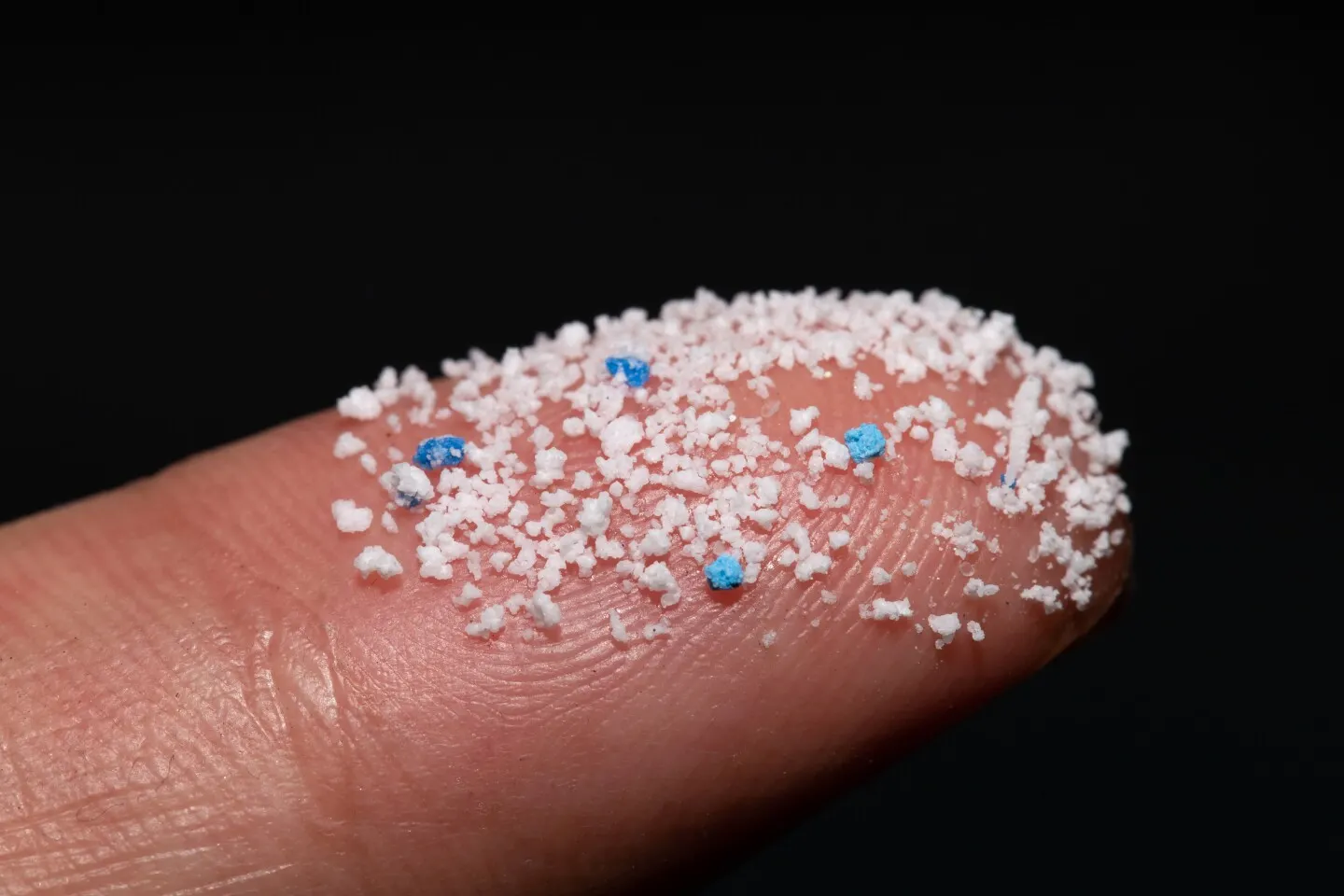It is estimated that by 2040, the level of plastic pollution may reach 80 million metric tons per year. Now, plastic particles have been detected in almost all areas of the environment, such as water, soil and air. Through ocean currents and rivers, these tiny plastic particles can even reach the north pole, South Pole or deep ocean.

A new review now shows that wind can also transport these particles far away - and much faster than water: in the atmosphere, they can reach the most remote corners of the earth from their origin in a few days.
An article published by an international research group in Nature Reviews earth and environment explains how micro plastics enter the atmosphere and then transport.
Now, 013 to 25 million metric tons of micro plastics and nano plastics are transported thousands of kilometers away through ocean air, snow, sea fog and fog every year. In this process, these plastics span countries, continents and oceans. This estimate was made by an international team of 33 researchers, including experts from the Alfred Wigner Institute, the Helmholtz polar and Marine Research Center (AWI), the Potsdam Institute for advanced Sustainability (IASs) and the geomar Helmholtz marine research center in Kiel.
"Air is a more dynamic medium than water," said Dr. Melanie Bergmann, co-author of AWI, "As a result, micro and nano plastics can penetrate more rapidly into the most remote and largely untouched areas of our planet. Once there, these particles may affect the surface climate and the health of local ecosystems. For example, when these deeper particles deposit on ice and snow, they affect the feedback of ice and snow, reduce their ability to reflect sunlight and promote melting. Similarly, dark patches Seawater will absorb more solar energy, which will further warm the ocean. In the atmosphere, micro plastic particles can be used as condensation nodules of water vapor, which has an impact on the formation of clouds and the climate in the long run.
How do plastic particles enter the atmosphere?
First, through human activities. Particles from tires and brakes in road traffic or exhaust gases from industrial production will rise to the atmosphere, where they will be blown away by the wind. However, according to the overview study, there is evidence that a considerable amount of these particles are transported by the marine environment. Preliminary analysis shows that micro plastics in coastal areas also enter the ocean through eroded beach sand. The combination of sea fog, wind and waves forms bubbles containing micro plastics in the water. When bubbles burst, these particles enter the atmosphere. Therefore, transportation to remote and even polar areas may be due to the combination of atmospheric and marine transportation.
Therefore, it is very important to understand the interaction between the atmosphere and the ocean, so as to determine which particle sizes are transported and how much. The atmosphere mainly transports small microplastic particles, which makes it a faster transport route, resulting in large amounts of deposition in a wide range of ecosystems. As Melanie Bergmann explained - "we need to include micro and nano plastics in our measurement of air pollution, preferably internationally as part of a global network". To this end, as a first step, deonie Allen and Bergmann, the first authors of the study, began collecting micro plastic samples in air, sea water and ice during the Polarstern expedition in the Arctic last year.
Grasp the cycle of micro plastics together
Understanding and describing the microplastic cycle between the ocean and the atmosphere will require joint efforts. In this regard, in this study, a research team led by deonie Allen and Steve Allen, the first authors of the paper from the University of Strathclyde in Glasgow, outlined a global strategy to create a seamless and comparable database on micro and nano plastic flows between the ocean and the atmosphere. "There are many aspects of the emission, transport and impact of microplastics in the atmosphere that we don't fully understand," said Professor Tim Butler, co-author of the International Association for science. "This publication reveals the gap in our knowledge - and puts forward a road map for the future."
The study was prepared by two special working groups of the joint expert group on the scientific issues of marine environmental protection (GESAMP). Co author of the study, GESAMP member Professor Sylvia sander from geomar said: "this study clearly shows that only through researchers and their data networking can we fully grasp the ocean and human impact on the ocean. The great challenges of our time are on a global scale. Therefore, we must seek answers to urgent questions with as comprehensive and international expertise as possible. This can only be achieved through cooperation." GESAMP is a consortium of 11 organizations belonging to the United Nations. Its goal is to achieve a multidisciplinary and science based understanding of the marine environment. So far, the network has cooperated with more than 500 experts from all over the world on a series of issues.
Micro plastics and nano plastics in the air are also related to human health. In a recently published British study, microplastics were found in the lungs of 13 living people. "This is another reason we need to include plastics in our air quality monitoring program," Bergmann said In order to reduce the environmental pollution caused by plastics, the production of new plastics also needs to be gradually reduced on the basis of international treaties, as Bergmann and other experts called for in a recent letter to science.